A joint team from Tsinghua University and the Shanghai Institute of Satellite Engineering named TsinghuaLAD&509 has won the Global Trajectory Optimisation Competition, one of the prestigious international competitions in space mission design.
This is the first time that a Tsinghua team has ever won this competition.
The team won first place in the 11th Global Trajectory Optimisation Competition (GTOC 11), outperforming 93 teams participating from around the world with an absolute advantage of 8,443 points. The results of the competition were announced on November 7. GTOC 11 saw the highest number of participating teams since the competition started in 2005.
TsinghuaLAD&509 consisted of eight graduate students from the Tsinghua Laboratory of Astrodynamics (TsinghuaLAD) led by Professor Baoyin and Associate Professor Fanghua Jiang, and two Tsinghua alumni who now work in the space agency.
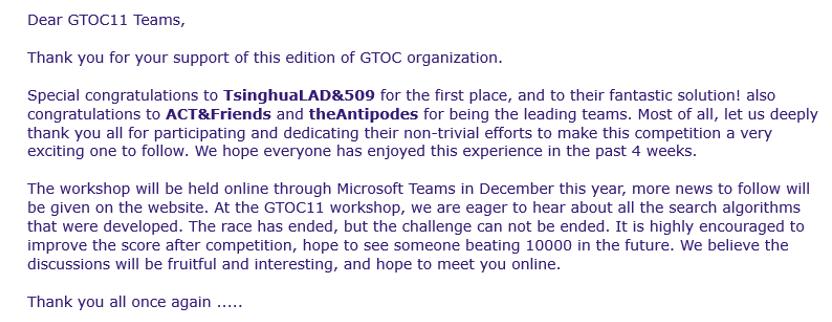
TsinghuaLAD&509 won the GTOC 11
Initiated by the European Space Agency (ESA), the Global Trajectory Optimisation Competition is the highest international level competition in the field of space mission design, taking place every one-two year over roughly one month during which the best aerospace engineers and mathematicians worldwide challenge themselves to solve a “nearly-impossible” problem of interplanetary trajectory design.
The problem is released by the winning team of the previous edition, who also is free to define the competition rules entirely. The problem needs to be related to interplanetary trajectory design and its complexity high enough to ensure a clear competition winner.
In GTOC 11, the teams were asked was to design the “Dyson Ring” orbit, construct 12 solar power stations in it, and a series of missions to transfer asteroids to these stations while maximizing the transferred asteroids mass and minimizing the cost (propellant) to accomplish these missions.
Solving the problem involved cutting-edge technologies such as a small bodied defense, and the construction of a space station, among others things that have broad engineering application implications for the future.
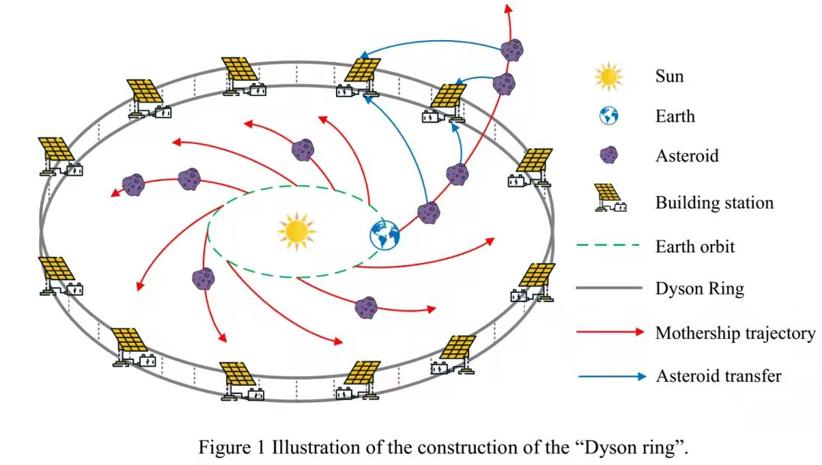
GTOC 11 problem of “Dyson Sphere” building
During the one-month competition period, each team could continuously update and submit new results. The teams could see each other's latest progress, and try to constantly break through their new records, and target a better performance index.
"This race is like a '10,000-meter-long run'. Every step is very solid. At the same time, you need to maintain your advantage to the end to prevent being overtaken by your competitors on the last lap," Professor Baoyin said.
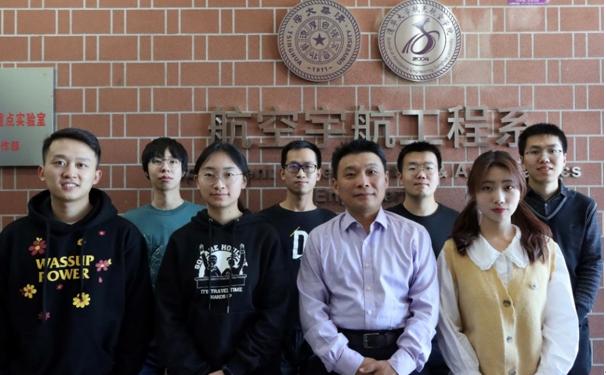
Team members of TsinghuaLAD
“We are 'racing' and we can see that others are also 'racing' at the same time. Sometimes while updating the task in the middle night, we found that it was not only our team, other teams were also working tirelessly at three or four o'clock in the early morning their local time," Professor Baoyin said.
Through continuous effort, the Tsinghua team screened nearly a thousand candidate asteroids suitable for the “Dyson Sphere” from more than 80,000 asteroids in the solar system, and realized the optimal asteroids distribution of different stations. Relying on the high-efficiency optimization algorithms the team developed, the sequence of visiting asteroids was optimized. The Tsinghua team gave their unique strategy for the future use of human space resources.
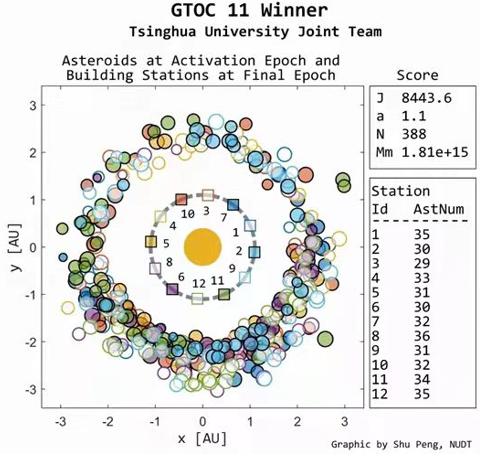
The best strategy proposed by Tsinghua University Joint Team
The Tsinghua team maintained a strong lead over its rivals throughout the competition, eventually becoming the winner.
“After 16 years of continuous devotion, we finally won the coveted competition. I’m so grateful to my team members. Without their support and hard work, it would not have been possible,” said team leader Zhang Zhong.
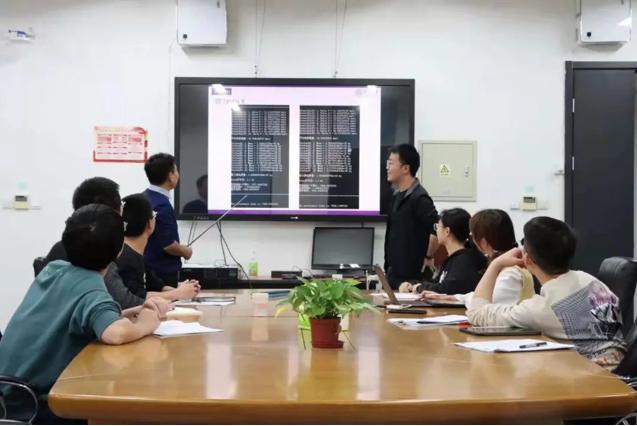
Daily meeting during the competition

Congratulations from ESA
Tsinghua has been participating in the competition ever since it started. When Professor Baoyin led a team to participate in the first GTOC, it was the only Asian team. In that edition, the Tsinghua team had ranked last.
The victory of the Tsinghua team in GTOC 11 is a major achievement of China's scientific research, consolidating its leading position in international aerospace events, according to the team.

